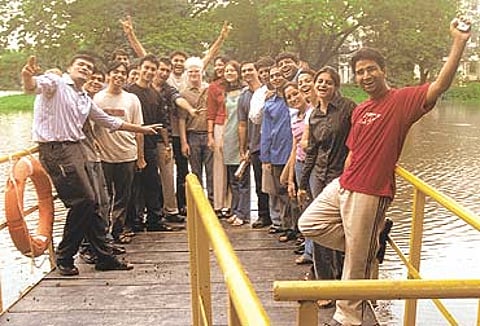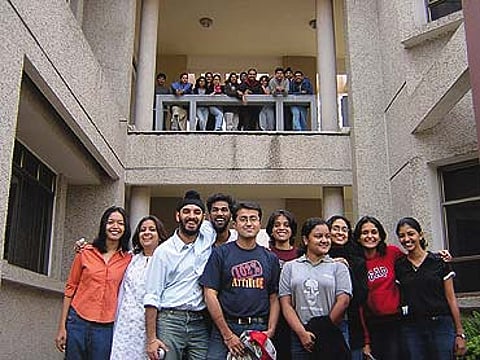For budding MBA students, the great news is the placement scenario. For the fourthconsecutive year, B-schools saw spectacular placements; IIM-A, for instance, recorded amaximum domestic salary offer of Rs 60 lakh per annum which, with bonus and other perks,may go up to Rs 1 crore. In other top institutes, the average salary grew by 20-30 percent. There are two main reasons for this: manpower shortage as the economy gallops aheadat a brisk rate and quality strides made by some institutes. This is probably the besttime to go for an MBA degree from a top institute.
Our past surveys have always bemoaned the lack of emphasis on research in B-schools. Evennow, the situation is not too impressive (see column Thinking is Working on page 96). Afew private B-schools are working harder in this area, compared to their state-runcounterparts. imt Ghaziabad and Narsee Monjee have made it mandatory for their faculty towrite research papers. ICFAI Business School's (IBS) three-year teacher training programmehas been a hit; it plans to train 200 teachers a year.
Like IIM-A, IBS has maintained its momentum to develop case studies. It is one of thelargest contributors to the European case clearing house, and its cases studies are usedby global publishers like McGraw Hill, John Wiley, Prentice Hall and Oxford UniversityPress. The T.A. Pai Management Institute (TAPMI), which took the initiative in convertingsummer internships into output-based case development, has formalised over 600 cases infive years. Some second-rung B-schools are also trying to cultivate a research environmenton their campuses. SIES College of Management Studies in Navi Mumbai has launched IdeaResearch, where students are motivated to take up original projects. These papers arepublished by the institute, which has decided to start a rolling trophy for the best 'idearesearch' project.






